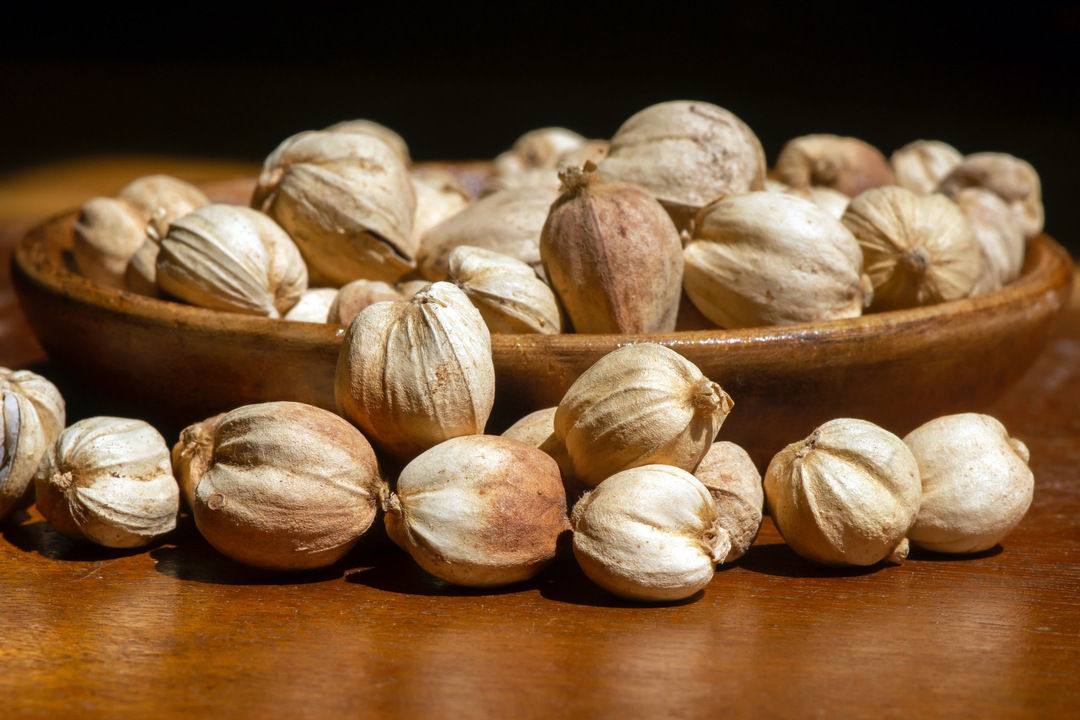Fighting Bad Breath and Cancer Cells, Here are Health Benefits of Cardamom

Manfaat Kapulaga – Foto oleh Freepic
(Istimewa)Cardamom is a spice made from the seeds of several plants in the genera elettaria and amomum of the ginger family. They are native to Bangladesh, Bhutan, Nepal, Pakistan, India, and Indonesia.
Cardamom can be recognized from its small pods, triangular cross-section, coiled spindle-shaped with a thin outer skin and small black seeds.
It is usually used to spice a wide range of dishes in Indonesia. It tastes slightly sweet and savory that adds to the flavor of the dishes. Cardamom is also rich in minerals, such as manganese, calcium, and potassium. It is mostly used in its seed form, but cardamom can also be processed into a powder, essential oil, and extract.
Health Benefits of Cardamom
Besides being used as a flavoring and flavor enhancer in cooking, cardamom also has many health benefits. The spice is rich in antioxidants that can help lower blood pressure in people with high blood pressure. Cardamom can also help prevent some chronic diseases because it can protect body cells from free radical damage. When mixed with other herbal medicines, cardamom can help with digestive problems. If you have digestive diseases such as dyspepsia, nausea, vomiting and stomach ulcers, you can consume cardamom and other herbal medicines.
The essential oils and extracts contained in cardamom can also prevent infections caused by bacteria. Besides bacteria, cardamom can prevent diseases that come from fungi due to its antimicrobial properties. If you have bad breath and cavities, chewing cardamom can help freshen your breath thanks to its antibacterial substance. The compounds contained in cardamom may also activate enzymes and immune cells to prevent and fight cancer cells in the body. Furthermore, it can help lose weight, lower blood sugar levels, and reduce the risk of fatty liver.
How to Grow Cardamom
In Indonesia, cardamom consists of two types, namely Javanese cardamom from Indonesia and true cardamom which is native to India. Cardamom is a type of plant that can grow in areas that have an altitude below 1000 m above sea level and has a rainfall of 2000-4000 mm per year. There are almost 20 provinces in Indonesia that can be planted with cardamom.
Cardamom is commonly grown by implementing monoculture or agroforestry methods, where plants require shade plants or other plants as shields. You can use bitter bean plants, coconut plants, and others for shade plants. Remember, you should grow shade plants first before planting cardamom. Following are some steps to grow cardamom:
- Seeding
Cardamom can be planted in two methods, generative and vegetative. The generative method uses seeds. However, this method takes a long time, because the seeds have to go through the seeding process for 3 -4 months, waiting for the space to grow about 30-50 cm. For that, you should use the vegetative method, by using saplings that have grown to a height of 30-50 cm.
- Planting medium
Planting cardamom requires a fertile soil. It is better to fertilize the soil at the beginning by giving organic and inorganic fertilizers. The best time to plant cardamom is at the beginning of the rainy season because it is a type of plant that is sensitive to drought. Dig a hole with a distance of 1.5 X 1.5 m and has a depth and width of 50cm. Plant cardamom saplings and cover them with soil that has been mixed with organic or inorganic fertilizers in a ratio of 1:1. Fertilization is carried out one month after planting and then every 6 months. You can use NPK fertilizer produced by Pupuk Kaltim because it can increase three essential nutrients N (Nitrogen), P (Phosphorus), and K (Potassium).
- Plant care
You need to get rid of weeds around your cardamom plant frequently because they can interfere with the absorption of nutrients. Also don’t forget to water the plant regularly because cardamom likes fertile, moist, and well-drained soil.
- Harvesting
Cardamom can be harvested after 1.5-2 years. However, since it is a type of long-lived plant, cardamom can be harvested up to 15 years old. When the fruit has a round shape of 1 cm and has a purplish red color clustered on the ground, it is ready to be harvested. The amount can range around 10-20 pieces in one cluster.
That was some information about the origin of cardamom, its benefits and steps to grow the plant. We hope you will find this helpful.
Written by: Renat
